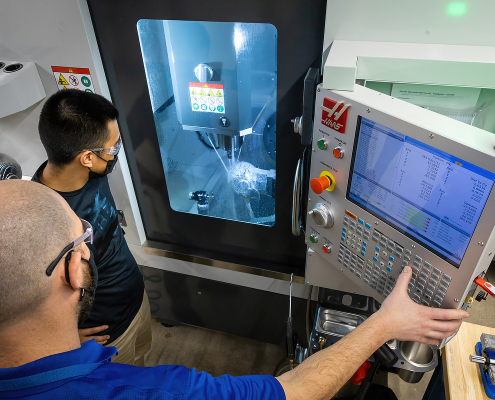
A Buyer’s Checklist for Pallet Feet: What Every Procurement Manager Should Know
In material handling and logistics, pallet design plays a vital…
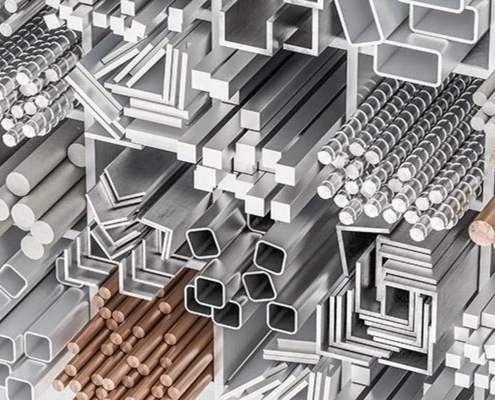
Ferrous vs Non-Ferrous Metals: How They’re Used in Manufacturing
Metals play a vital role in modern manufacturing. From large…

Ultimate Guide to Designing and Manufacturing Sheet Metal Brackets
Sheet metal brackets play a crucial role in modern engineering…

Common Cubicle Hardware Issues and Easy Fixes
Office cubicles are built to be durable, but like any frequently…
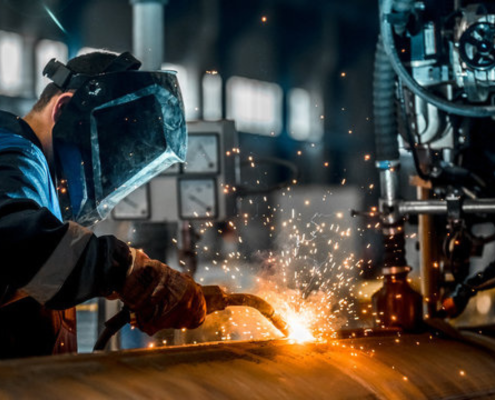
5 Different Types of Welding Joints
Welding is one of the most widely used fabrication processes…
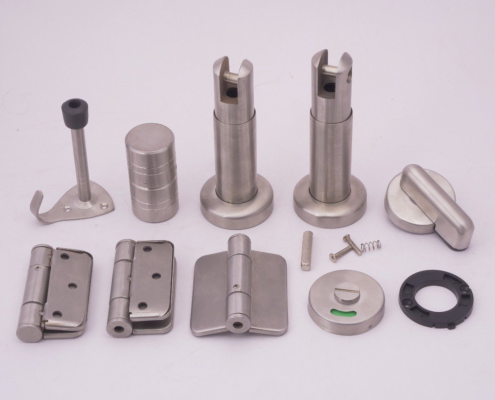
A Complete Guide to Cubicle Hardware for Washrooms and Offices
Cubicle hardware plays a major role in how washrooms, toilets…

Why Quality Control Matters in Metal Fabrication
Quality control is one of the most essential pillars of modern…
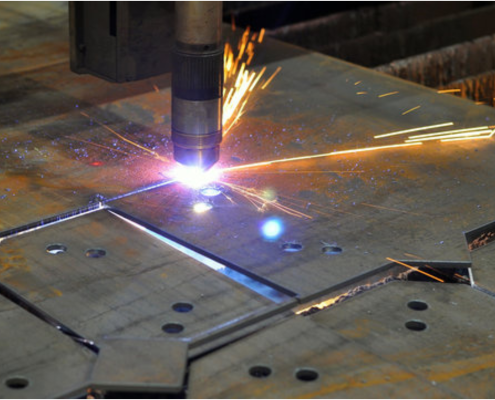
What is a CNC Plasma Cutting Machine?
CNC plasma cutting has become one of the most widely used processes…
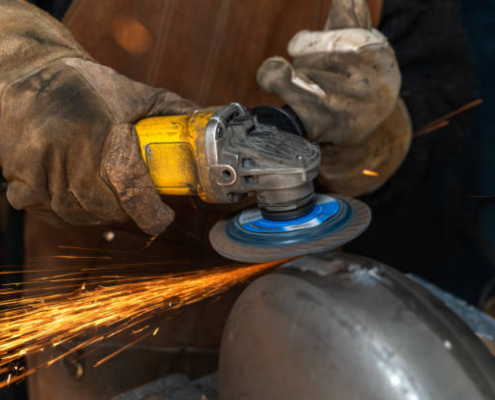
A Guide to Metal Finishing in Modern Manufacturing
Metal finishing plays a major role in modern manufacturing. Almost…

Complete Guide to CNC Machining Programming Software
CNC technology has reshaped modern manufacturing, allowing companies…

